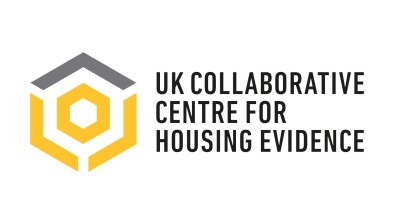CaCHE: Understanding emotions, policy and collective action through two housing safety crises

The UK Collaborative Centre for Housing Evidence (CaCHE) discusses the emotional interactions between housing policy makers and recipients.
Whilst we may think of policy making as a process dominated by rational thinking, there is growing interest in the role that emotions play. This research particularly focuses on the reciprocal dynamics that exist between policy ‘makers’ and policy ‘recipients’, and the emotions that flow between these different positions.
Exploring this issue through housing safety crises – the post-Grenfell building safety crisis in England, and the ‘mica’ / defective concrete crisis in Ireland – is particularly apt, because the home is a core part of most people’s daily lives, as well as being wrapped up with expected futures, family lives, and identities. Experiences of home, then, are full of different emotions; when the home is threatened, that too provokes strong feelings. In the two cases explored through the research, we see that the loss of home and the meanings that it has for people, the threat to its foundational position in people’s lives, drives engagement with policy processes in order to resolve the problems people face.
The research highlights the way that Government action – and inaction – creates particular emotions for those living with housing safety problems. Individuals were faced with a seemingly paradoxical condition in which they experienced severe impacts on everyday life and the experience of home, yet the policy context did not respond with action at an equivalent scale or urgency. Rather, incomplete policy options were presented with ‘spin’ and households repeatedly confronted misunderstandings about the ways in which problems would be resolved. Government proposals, particularly related to financial support for remedying safety problems, created groups of ‘winners’ and ‘losers’ which fragmented collective action to seek redress.
The inaction and insufficiency of policies to meaningfully address housing safety problems, and associated Governmental and media discourses, was a significant driver of collective action by affected individuals and communities, who sought greater Government support to resolve the issues with their homes. Collective action provided a sense of solidarity, power, and shared understanding which was valuable in countering the isolation and stigma of facing significant safety and condition problems at home. Campaigners recognised the power of their own stories and experiences, using the emotional impact of living with unsafe homes and financial insecurity as a key mechanism to build connections with wider publics and construct a broader movement to press for policy change.
Although there have been very powerful grassroots campaigns by volunteers with experience of housing safety problems in England and in Ireland, placing personal stories and emotions at the heart of attempts to build empathy and support also placed a burden on those already living through difficult, and sometimes traumatic, experiences. Nevertheless, many remain determined to campaign for more appropriate policy measures which would help all those affected at a pace commensurate to the depth of impacts that living with unsafety and uncertainty brings.







